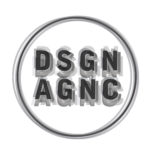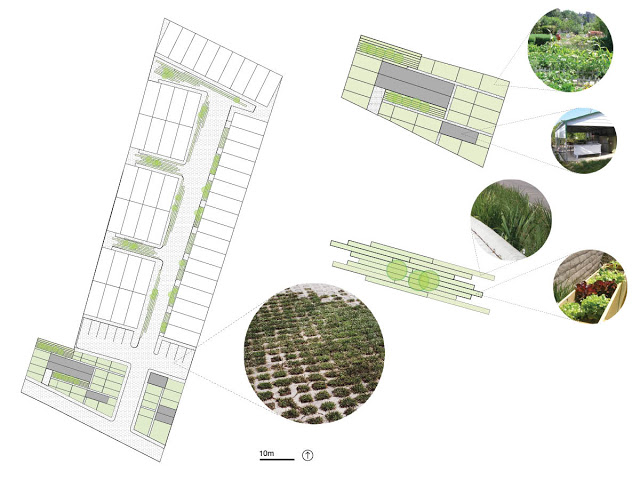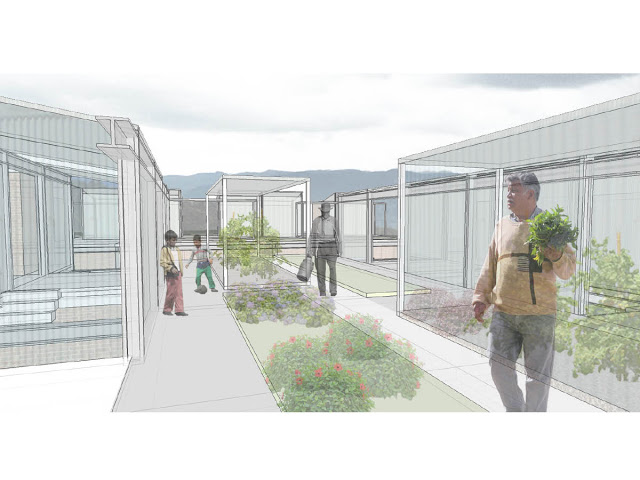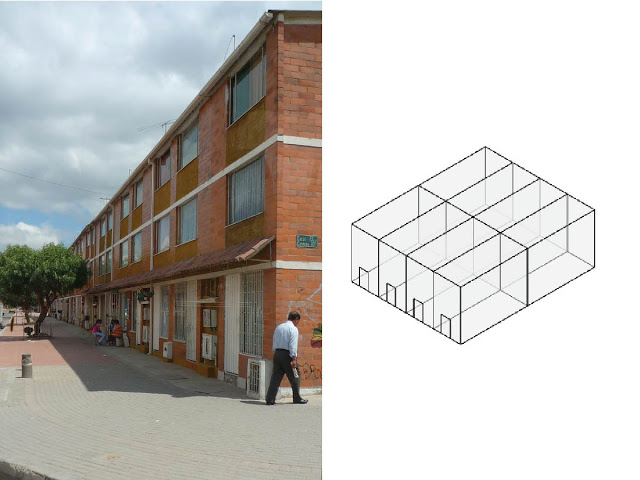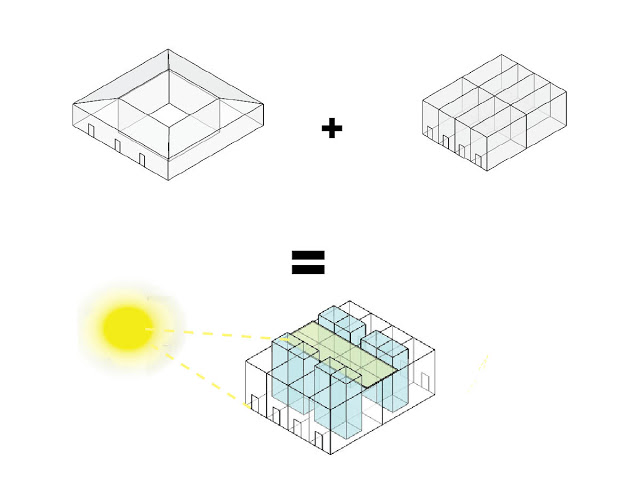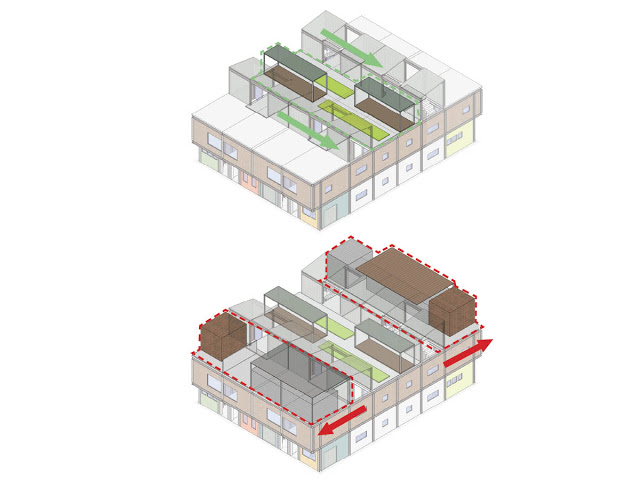FACA began as the comprehensive community design of a 50-unit housing for Housing Association La Union inFacatativa, Colombia. With the support from the Boston Society of Architects, FACA evolved into a much larger project. Between visits to Colombia and close ties to the region, we were able to work closely with community members on the ground, questioning what ‘housing’ means for not only Colombians, but specifically a community such as this. After much research and development, FACA evolved into an investigation of ownership, exchange, and the large flower industry which run vapid through the region. FACA became a platform to inform the public of their built environment and show how they can and should engage with their surroundings. A publication was completed and can be viewed here.
INDEX
COMMUNITY ENGAGEMENT
COMMUNITY DESIGN
LANDSCAPES
BUILDINGS
ACTIONS
MEDIA
COMMUNITY ENGAGEMENT
DSGN AGNC worked with Housing Association La Union to identify the issues that most affect the community.
Meetings: September 5th, 2009 and October 29th, 2010.

COMMUNITY DESIGN
The design of the masterplan for the 50 houses was created and approved by Facatativa City planners. DSGN AGNC’s Comprehensive Community Design for the housing and landscape of La Union recognizes that architecture is embedded within larger socioeconomic systems. As part of our housing design we diagrammed and thought about what systems our design could change and have provided the recommendations to make such changes.
We begin by creating a community self-governing system for La Union that will help make decisions for the economic and educational spaces we have provided. Secondly we have taken a close look at Colombia’s housing delivery process and have proposed a system that will make it easier for the families in La Union to pay for their housing. This economic system uses the architecture itself to create an economic engine that will help finance the housing.
We have also looked at educational and transportation systems that will help connect the children and adults of La Union with the rest of the city. Having programs that benefit the entire community will keep La Union from one of the biggest problems of social housing – isolation.
LANDSCAPES
Facatativa has three major ecological problems. First, the flower industry uses large swatches of land, displacing many farmers. The processes used to assure exportable flowers also release chemicals harmful to the soils. Both of these conditions lead to an overall minimization and deterioration of productive soils. There needs to be a comprehensive plan to allow the flower industry to use the land they need while replacing productive landscapes perhaps in housing developments.
Secondly, the inhabitants of Facatativa are faced with constant water shortages. This happens while a large amount of water is used for the flower industry. The inhabitants and the flower industry can both have water if there are better systems to collect rain water and recycle
gray waters.
Finally, Facatativa has seen a trend towards the privatization of open spaces. While in the past the city built plazas and parks, people now congregate in the parking lots of newly arrived megastores from Europe and the United States. New public spaces are needed in Facatativa’s peripheries.
BUILDINGS
Social housing in Colombia today is characterized by the goal to get as many housing units into a lot. The strategy works to put as many people into housing as possible but it ultimately ignores larger social and environmental systems. The typical social row-housing complex, for example, is comprised of houses with 4m (13ft) facades by 10m (34ft) in width. The houses are usually placed back to back.
With such narrow facades the houses lack appropriate openings for lighting, ventilation and passive solar heating. This stands in contrast to Colombia’s traditional courtyard house. As an alternative DSGN AGNC has sought to bring together the need for a larger housing stock with the environmental and social benefits of the traditional courtyard housing.
Social housing can also be monotonous with similar facades, materiality and uses. DSGN AGNC’s design for La Union also gives the houses an amount of flexibility within a safe framework. Giving each family the ability to make decisions on how they use their house and what it looks like. The first and third floor of these houses are flexible.
ACTIONS
We believe that it is key for us, as designers, to understand the economic and social tensions that exist on the ground to be able to respond to them with appropriate design solutions at a systems and physical scale. There is perhaps no larger player than the flower industry on the everyday life of Facatativa. While flower producers provide many people with employment, they avoid caring for the health and well being of their employees and their communities. DSGN AGNC has an ongoing research project looking at the flower industry and its impacts in the Colombian landscape.
August 19th, 2011 – Queens Museum of Art showing of DSGN AGNC Flower Industry Research Video
February 14th, 2011 – This Valentine’s day, do you know where your flowers come from?
This project and booklet has been produced in part thanks to a research grant from the Boston Society of Architects.
MEDIA
PROJECT STATS
PROJECT:
-Comprehensive Housing and Community Design
-Research into Flower Industry and Privatization of Periphery
LOCATION:
–Facatativa, Colombia
DSGN AGNC TEAM:
-Quilian Riano, Project Leader
-DK Osseo-Asare
-Danielle Letitia, Nicholas Ter Meer and Zenon Tech-Czarny, Mark Gusmann (graphics), Patricia Florescu (intern)
PROJECT PARTNERS:
-Housing Association ‘La Union’, Colombia
-Fundación Pro Mujer, Colombia
-Boston Society of Architects
STATUS:
-Comprehensive Community Design: Delivered to Partner, Unbuilt
-Research: Shown at Queens Museum of Art
